
When food is swallowed, the lower esophageal sphincter relaxes around the bottom of your esophagus to allow food and liquid to flow into your stomach, and then the sphincter closes again.
If the sphincter is abnormally relaxed or weak, stomach acid can flow into the esophagus, irritating the lining of the esophagus and often causing it to become inflamed.
Mild illness usually presents symptoms twice a week, moderate illness develops symptoms more than twice a week, and severe illness develops symptoms every day.
If alarming signs appear, such as: swallowing disorders, weight loss, bleeding, and anemia, it is necessary to refer to a doctor immediately.
Symptoms of gastroesophageal reflux disease:
1. The most common symptoms
*pain in chest.
*Difficulty swallowing.
* Reflux of acidic food or liquids.
A feeling of a lump in your throat.
2. Symptoms that appear at night
* Chronic cough.
*Laryngitis.
New or worsening asthma.
* Interrupted sleep.
Causes of gastroesophageal reflux disease:
When food is swallowed, the lower esophageal sphincter relaxes around the bottom of your esophagus to allow food and liquid to flow into your stomach, and then the sphincter closes again.
If the sphincter is abnormally relaxed or weak, stomach acid can flow into the esophagus, irritating the lining of the esophagus and often causing it to become inflamed.
Gastroesophageal reflux disease treatment:
The attending physician determines the appropriate treatment for one's reflux according to the degree of the condition,
Prevention of gastroesophageal reflux disease:
* Maintain a healthy weight.
*stop smoking.
* Raise the head when sleeping.
* Do not lie down after eating.
* Eat slowly and chew well.
* Avoid foods and drinks that cause reflux.
*Avoid tight clothing.




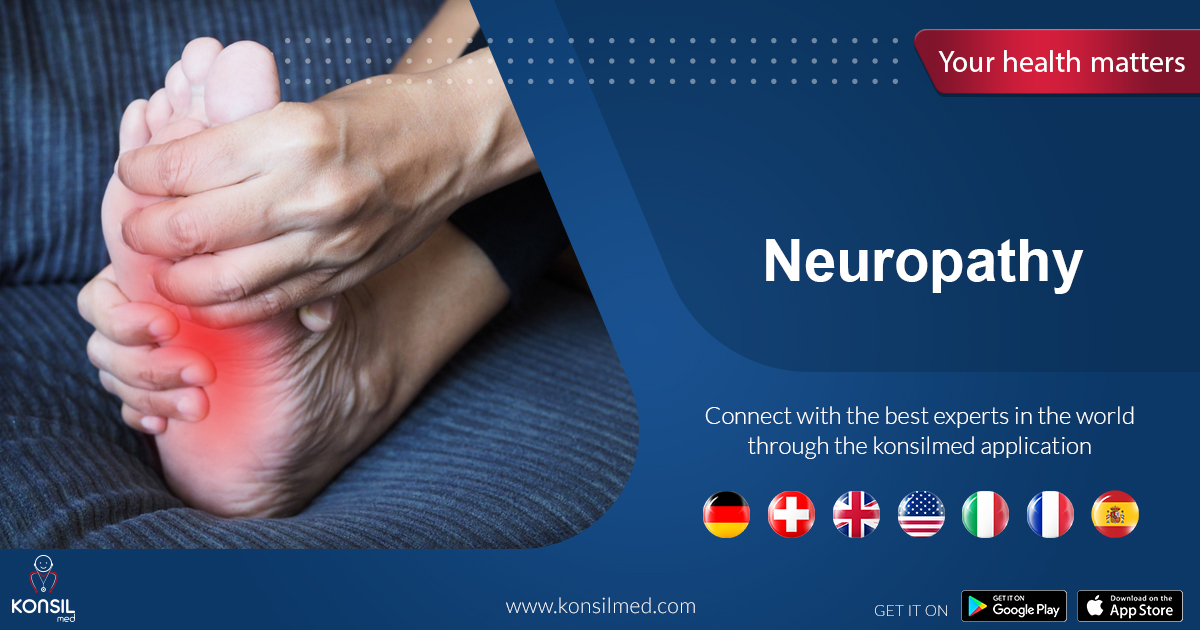


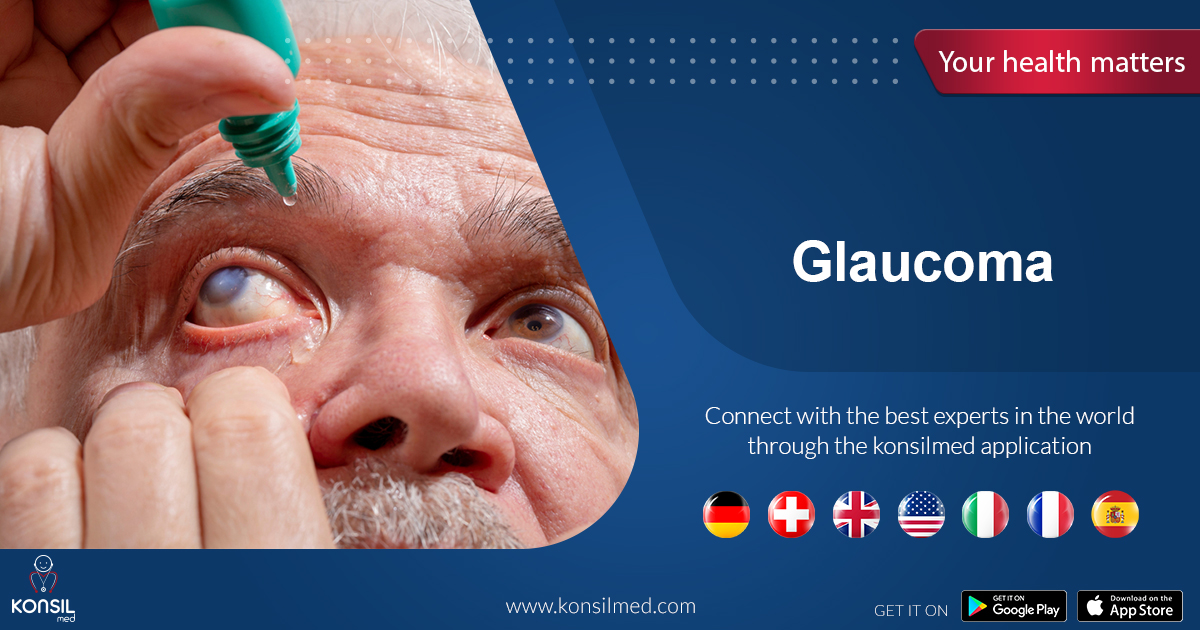

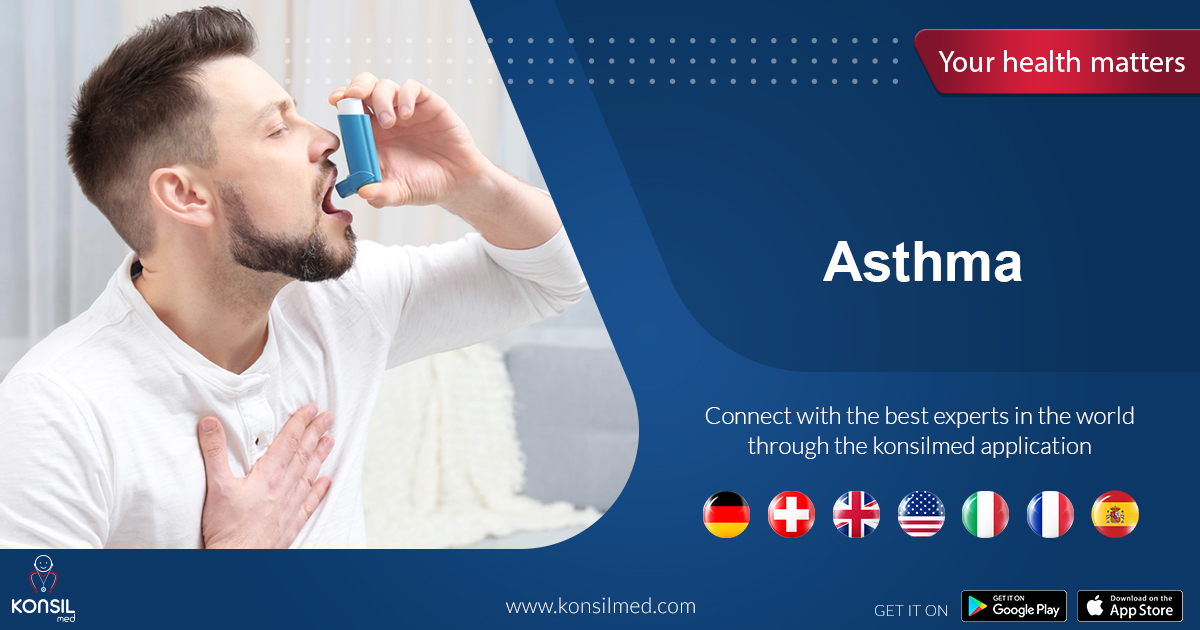

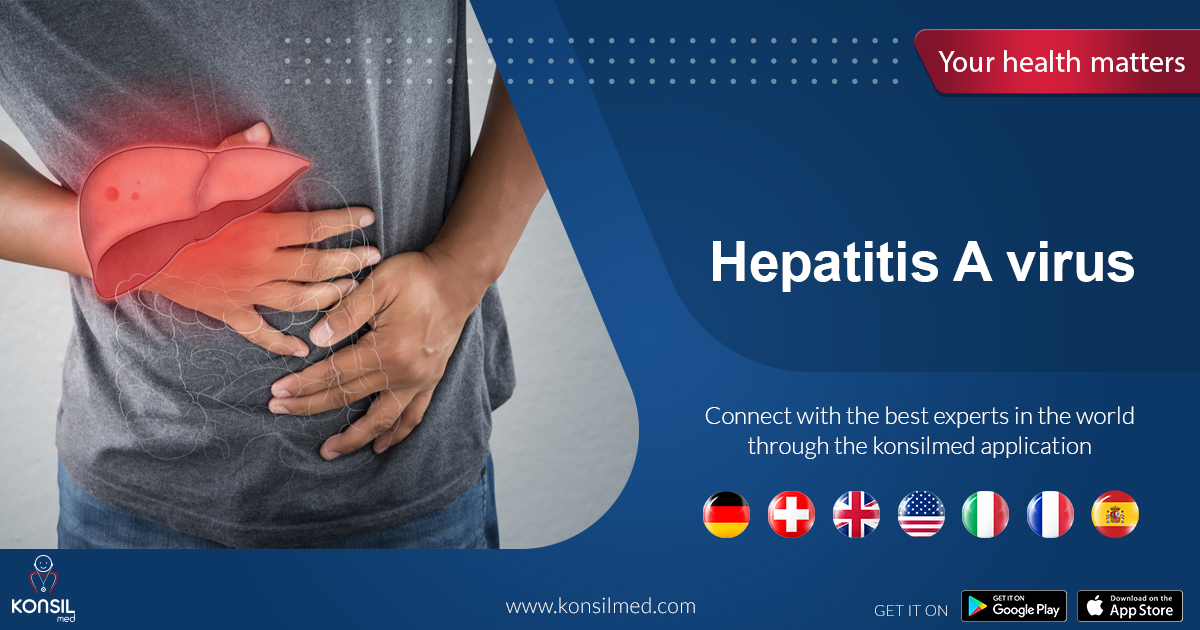
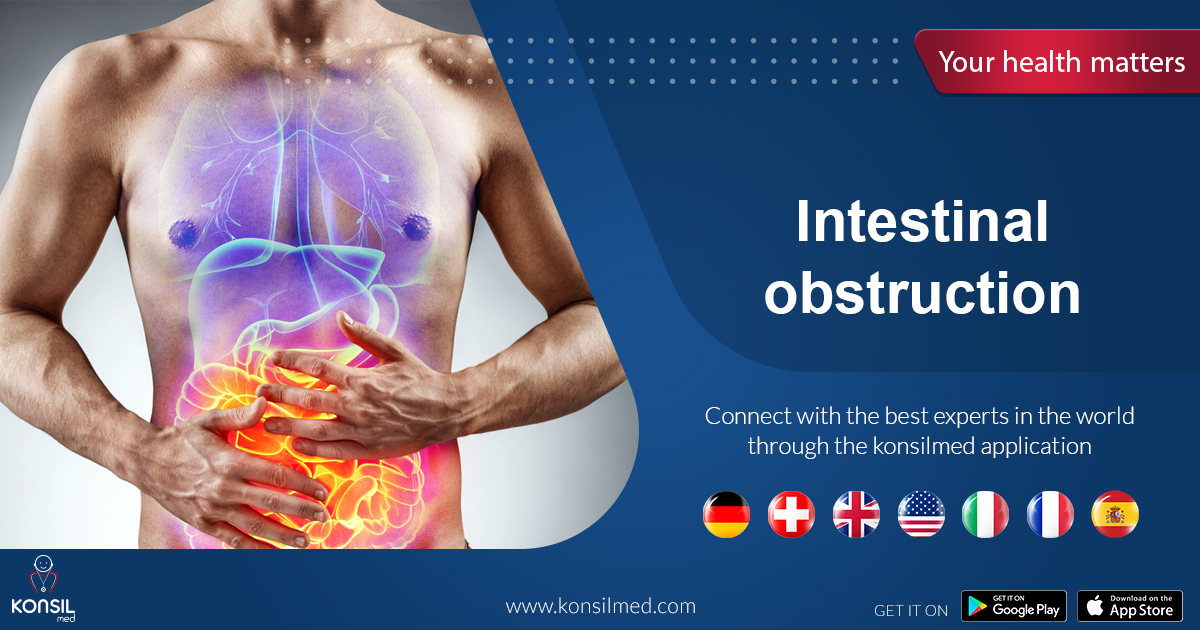
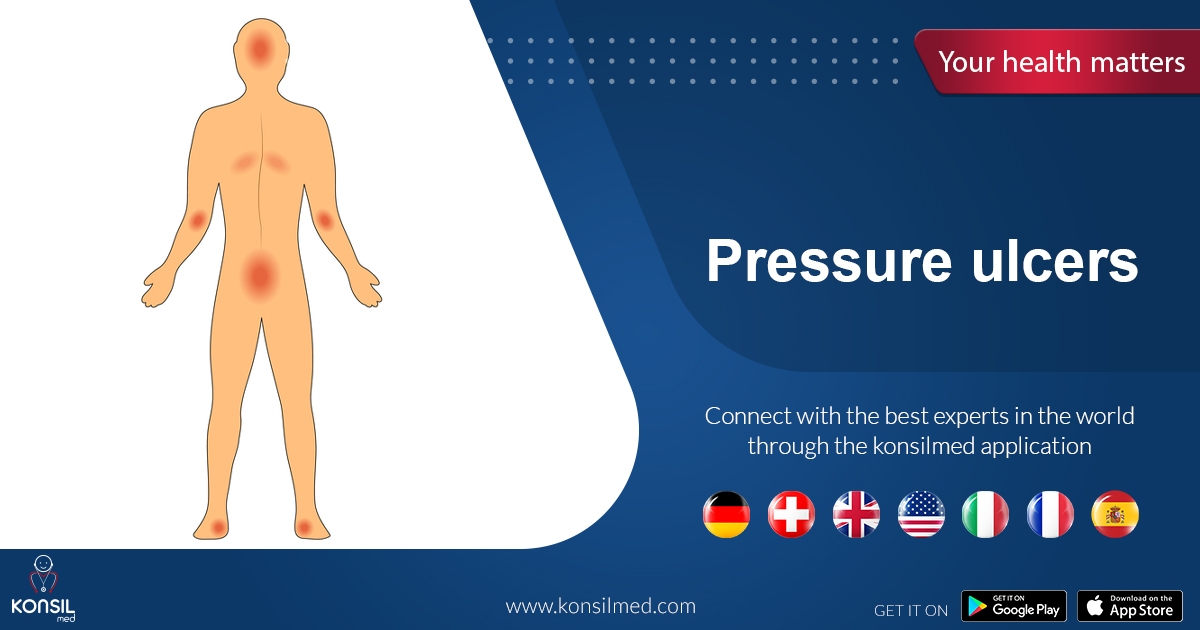
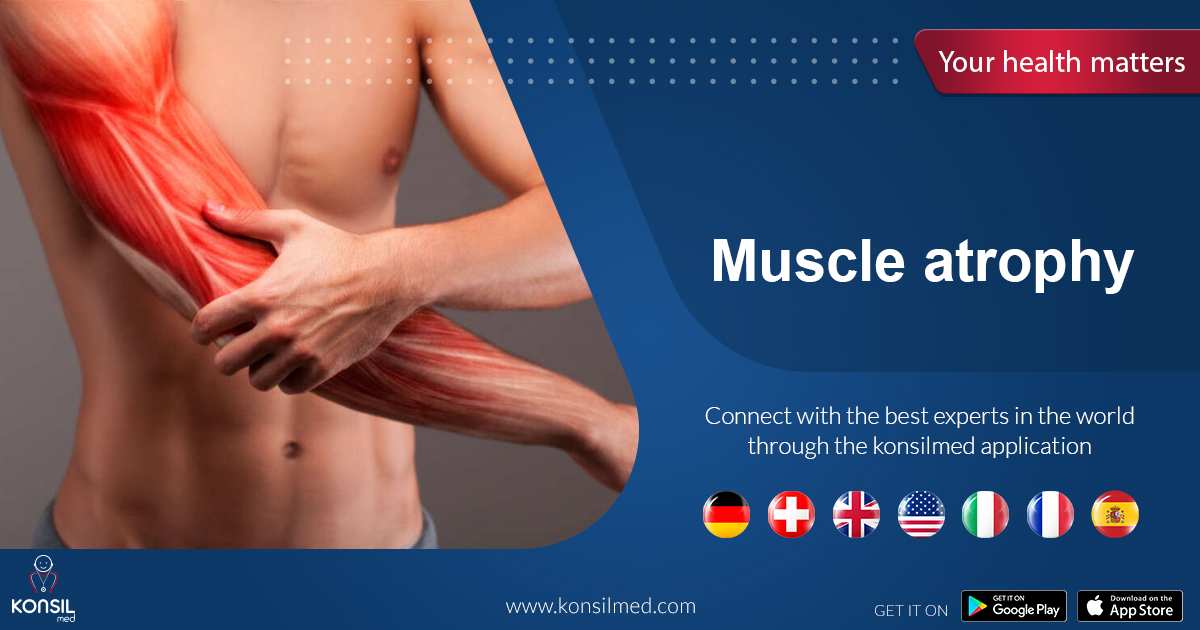

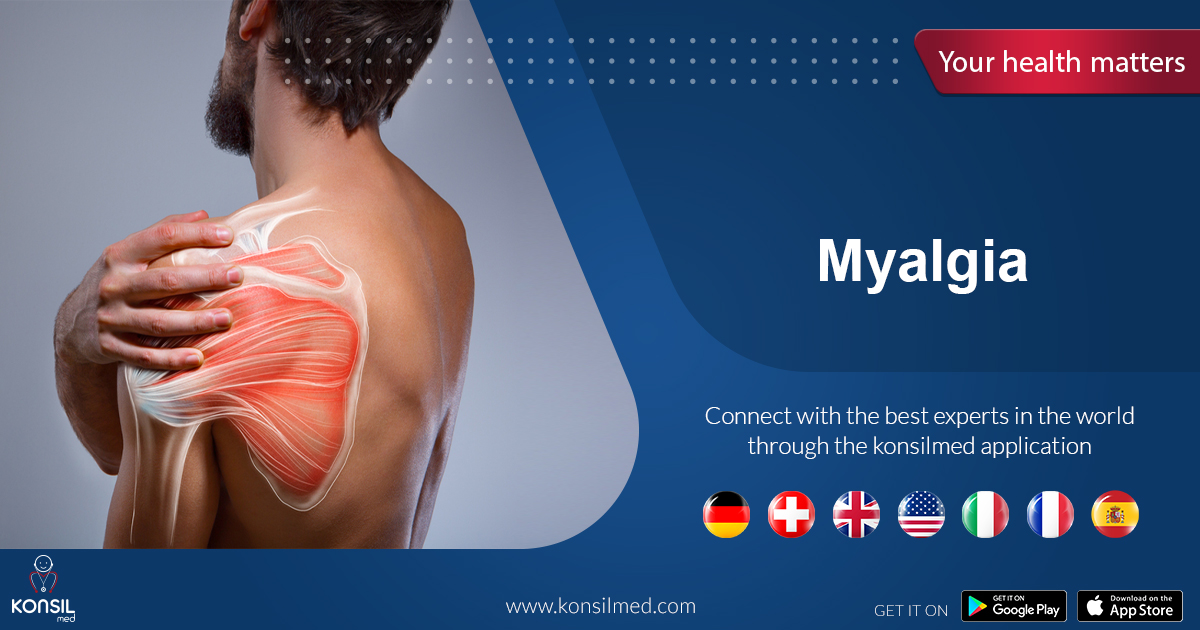
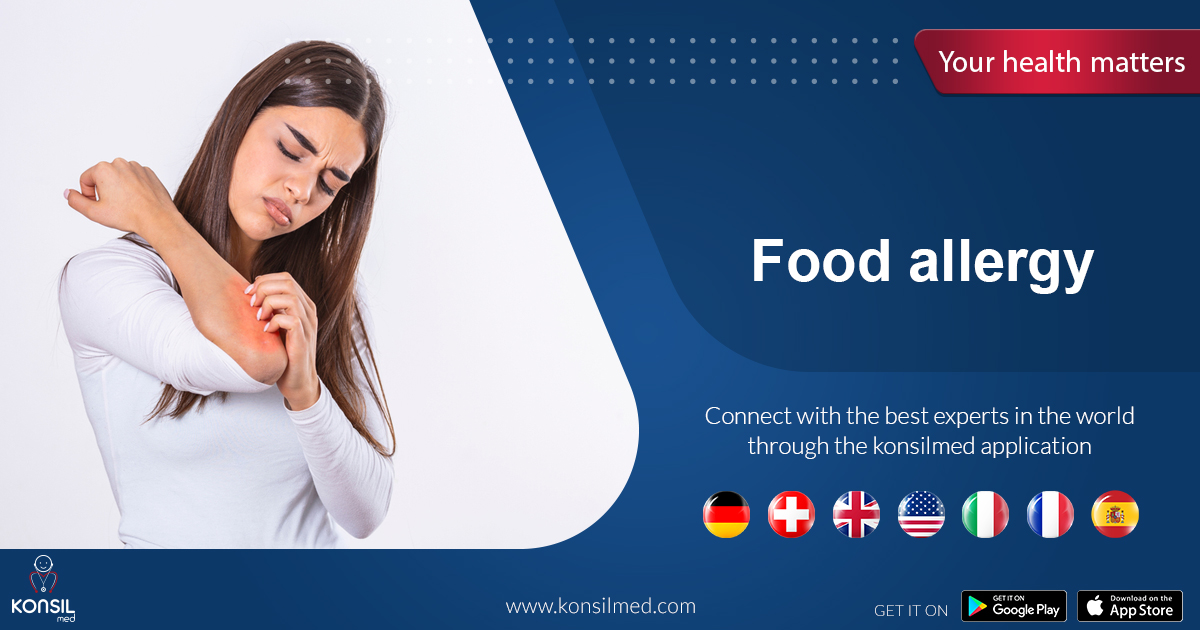






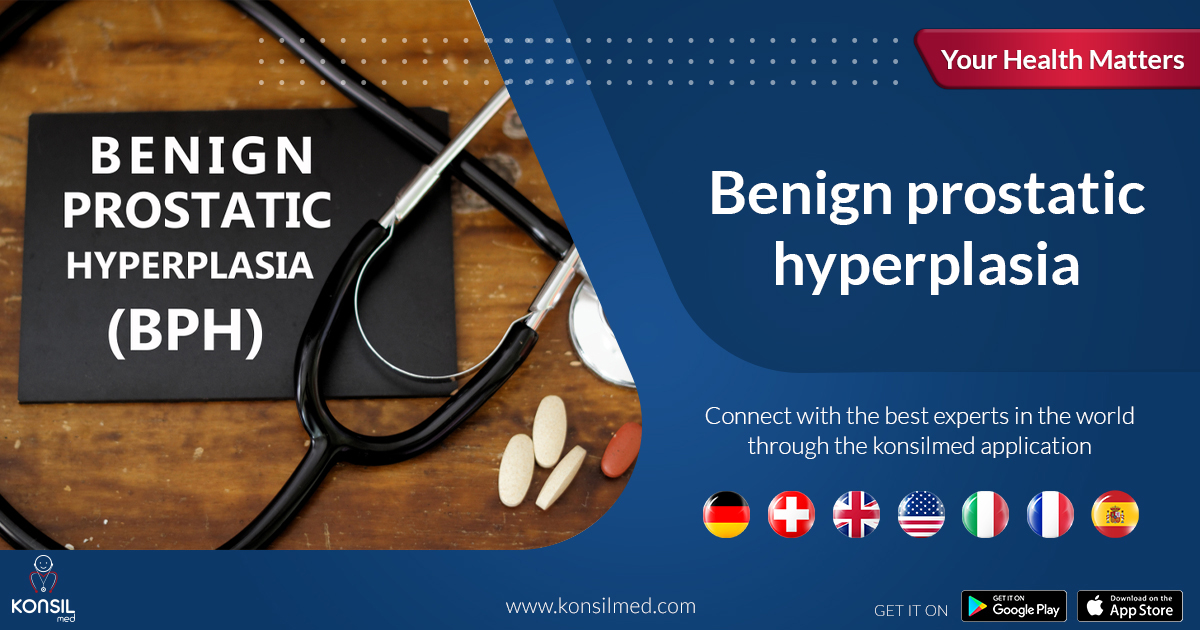


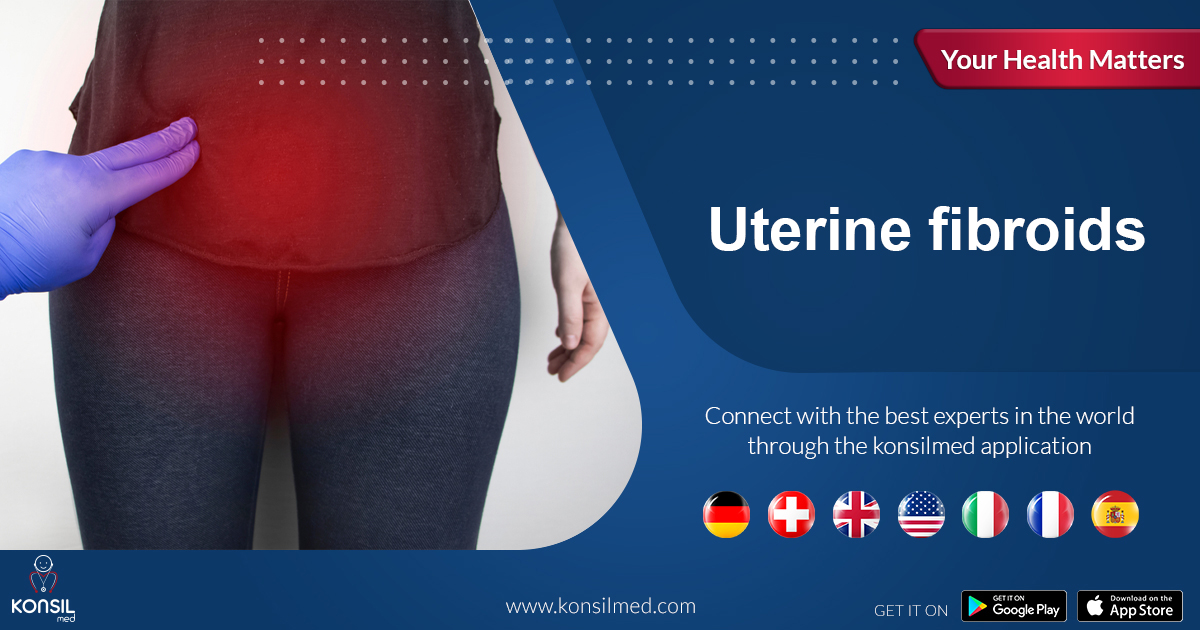




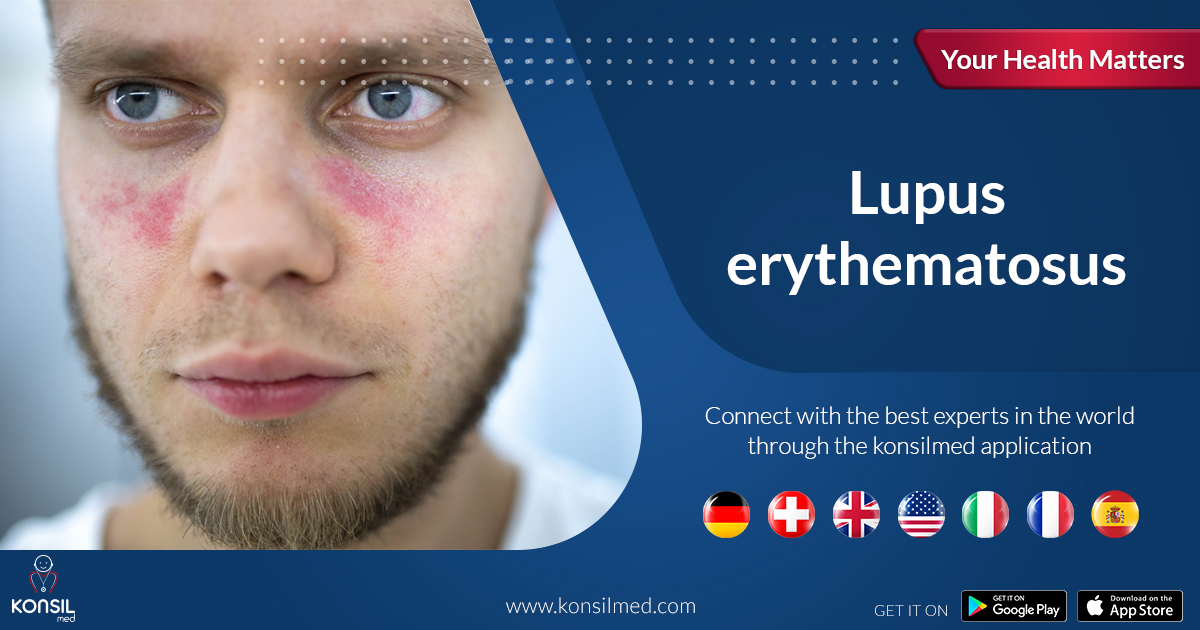

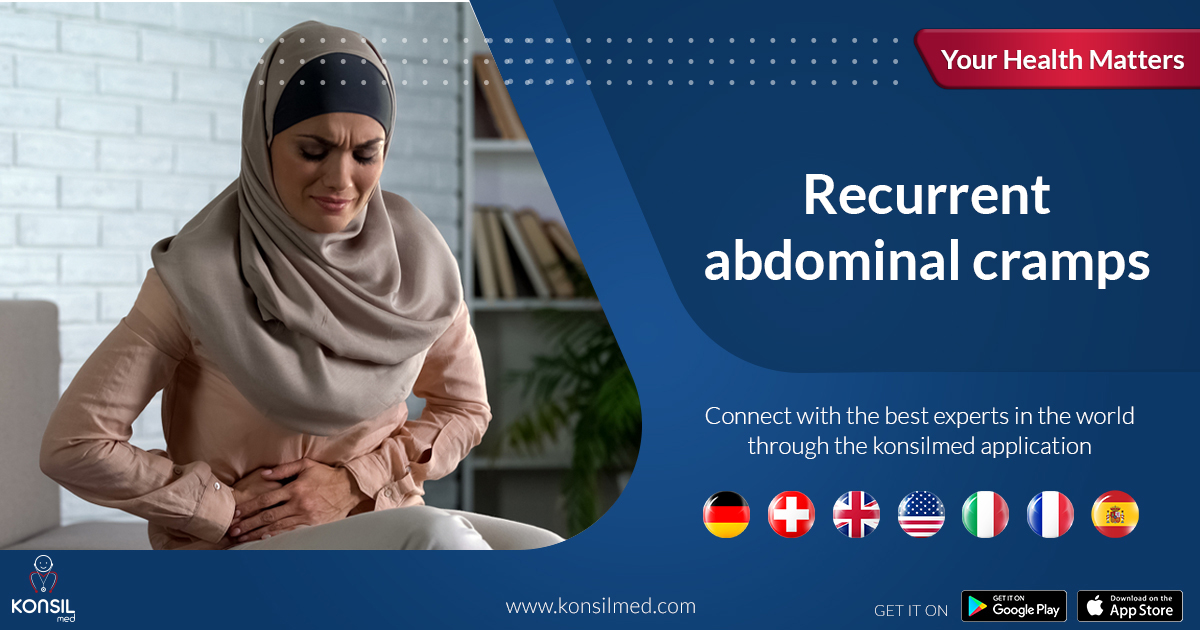
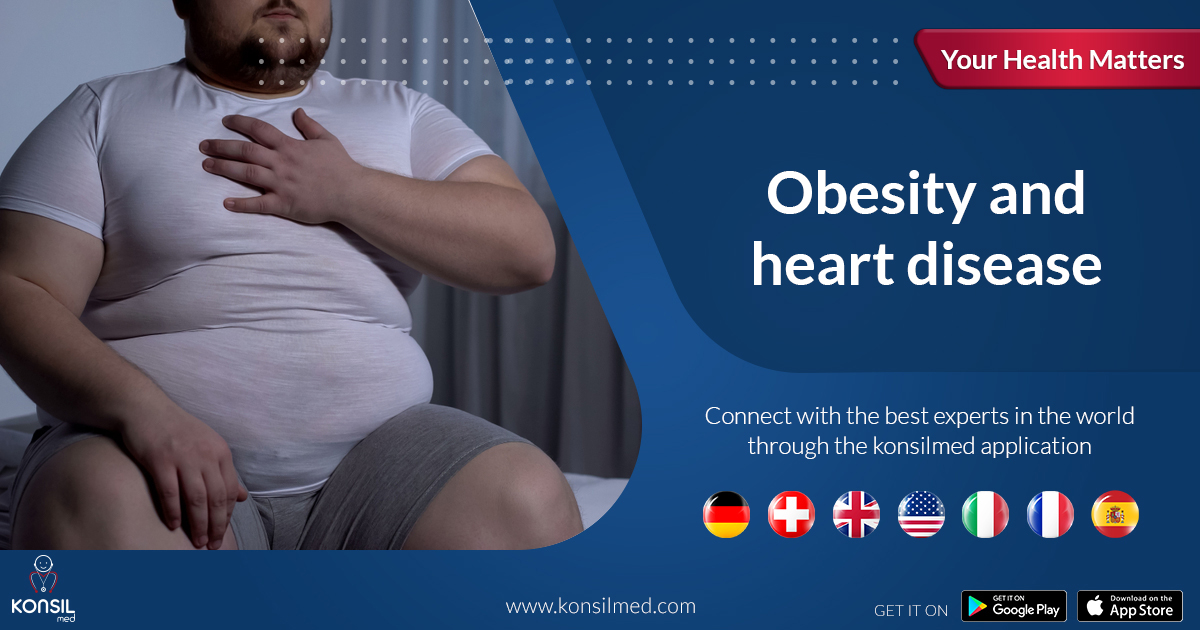
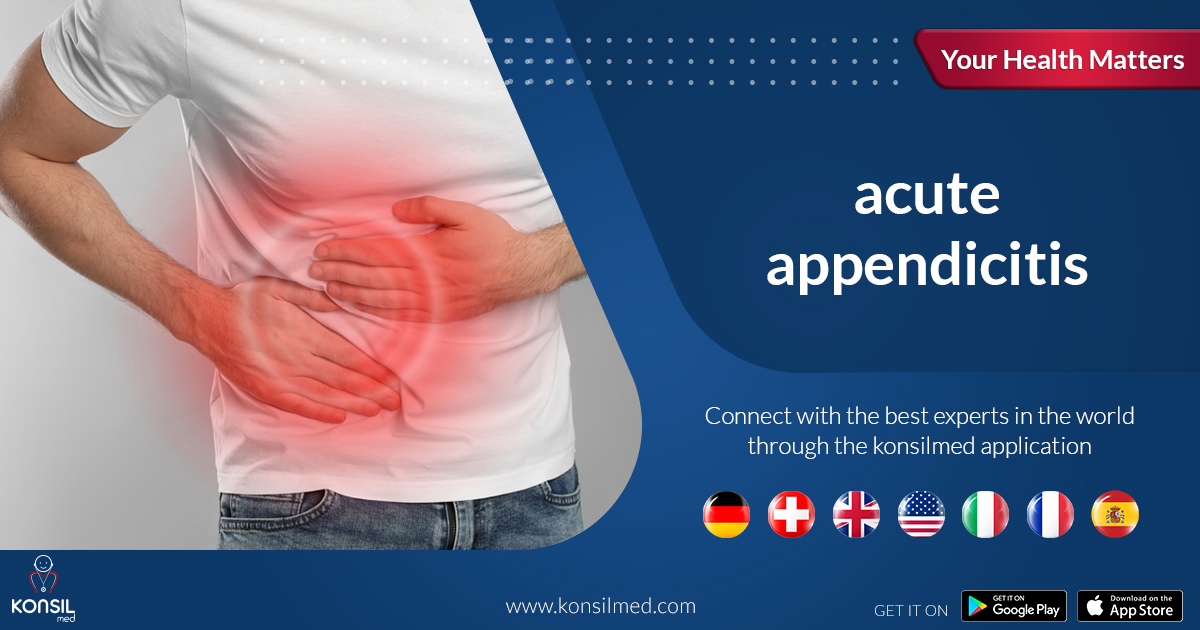


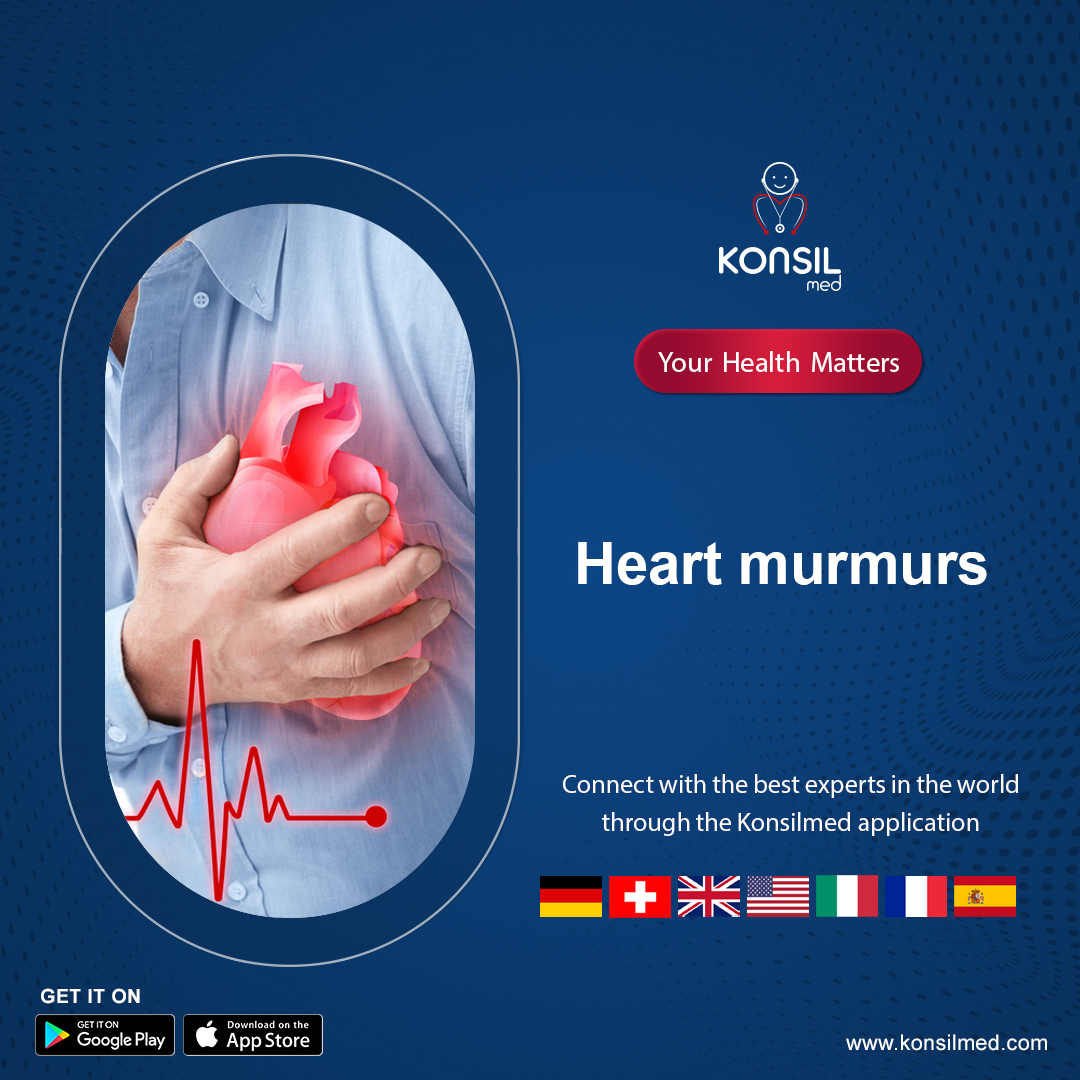

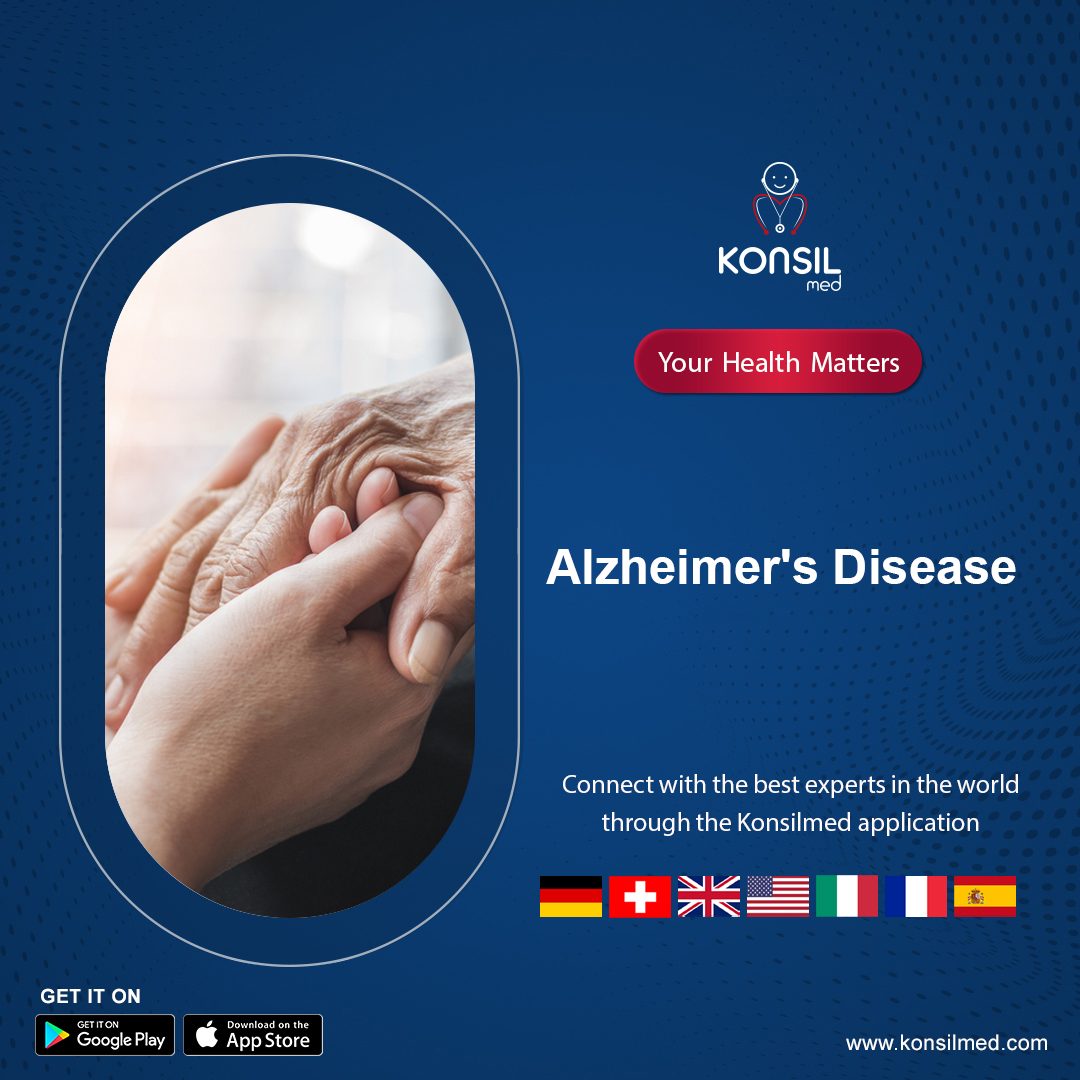

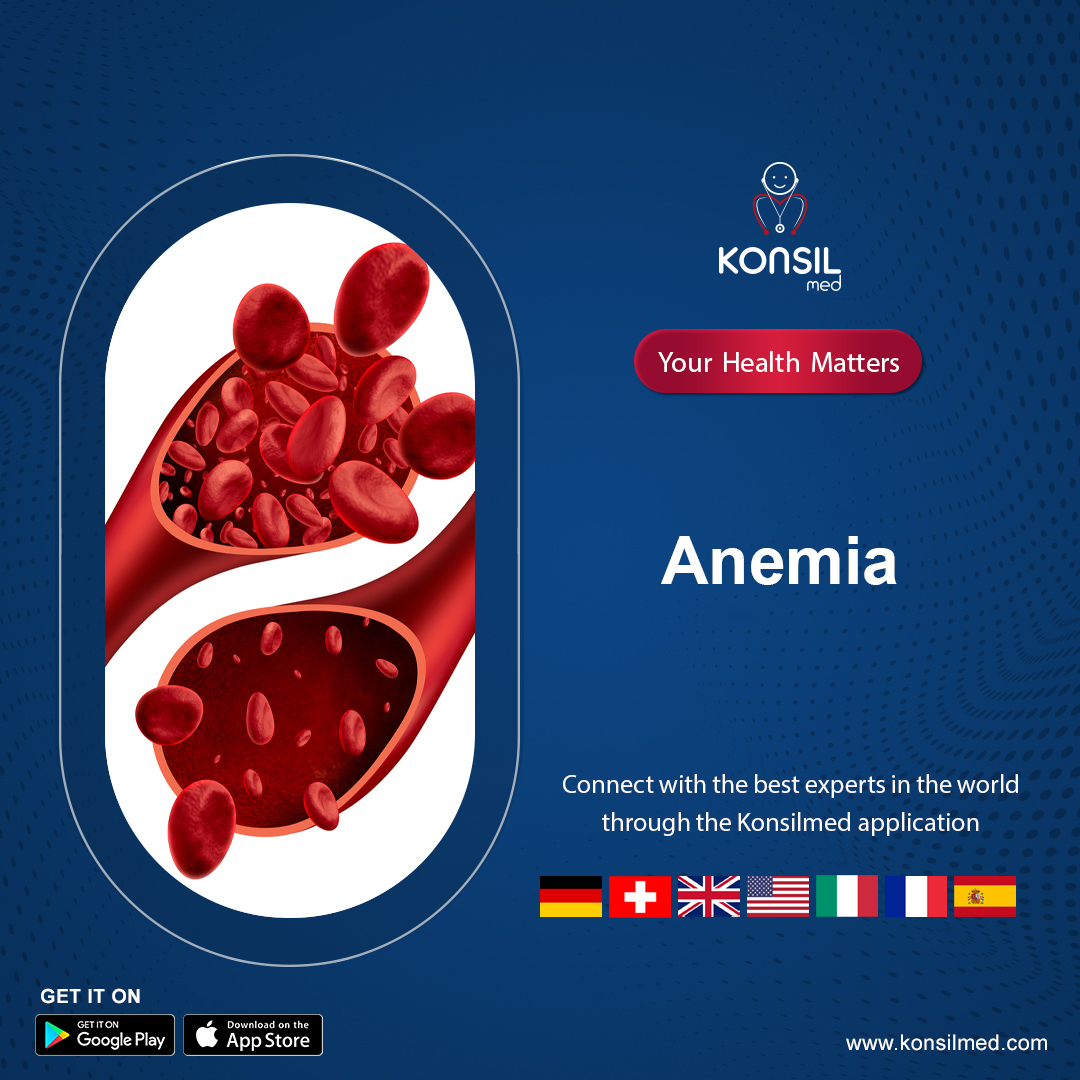

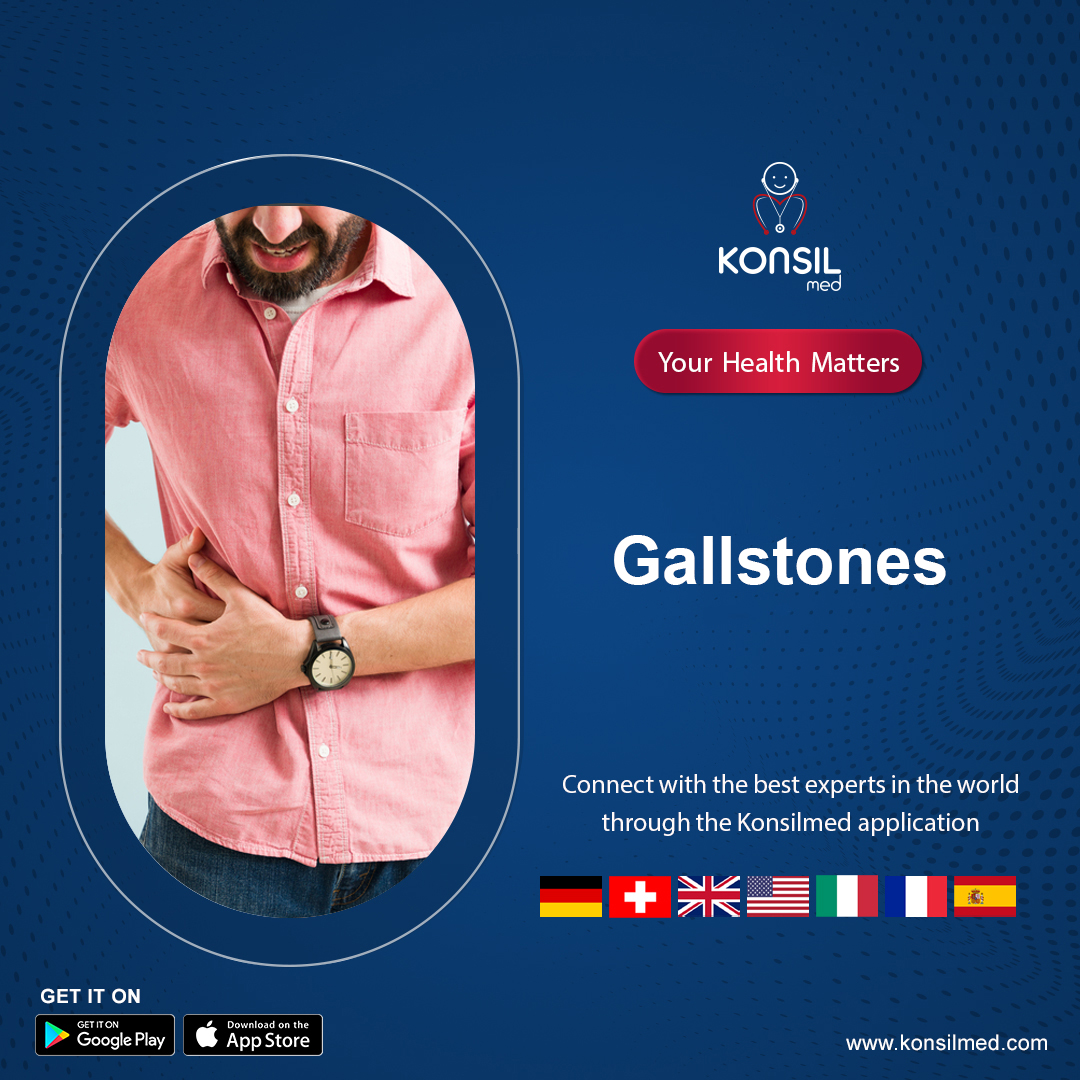


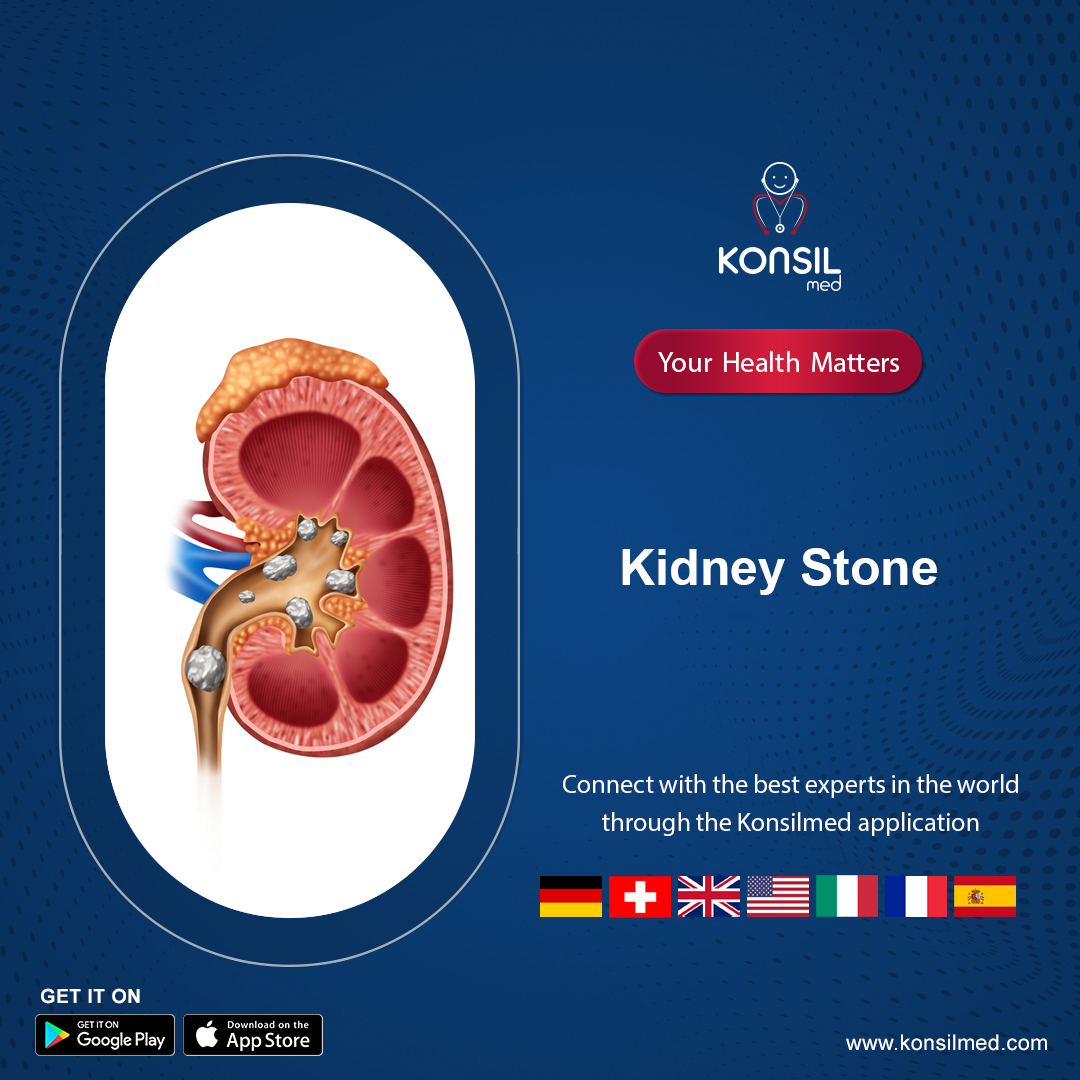
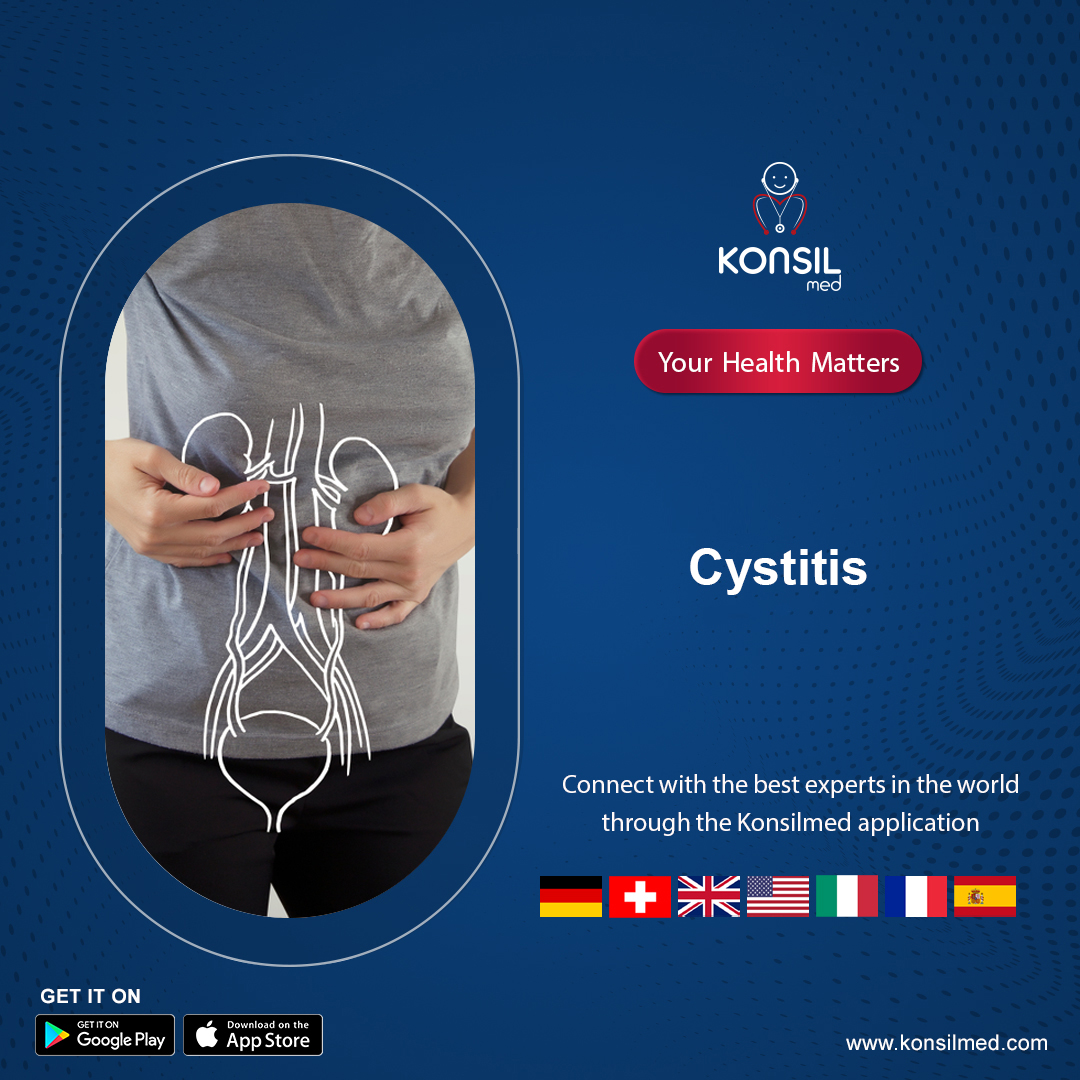


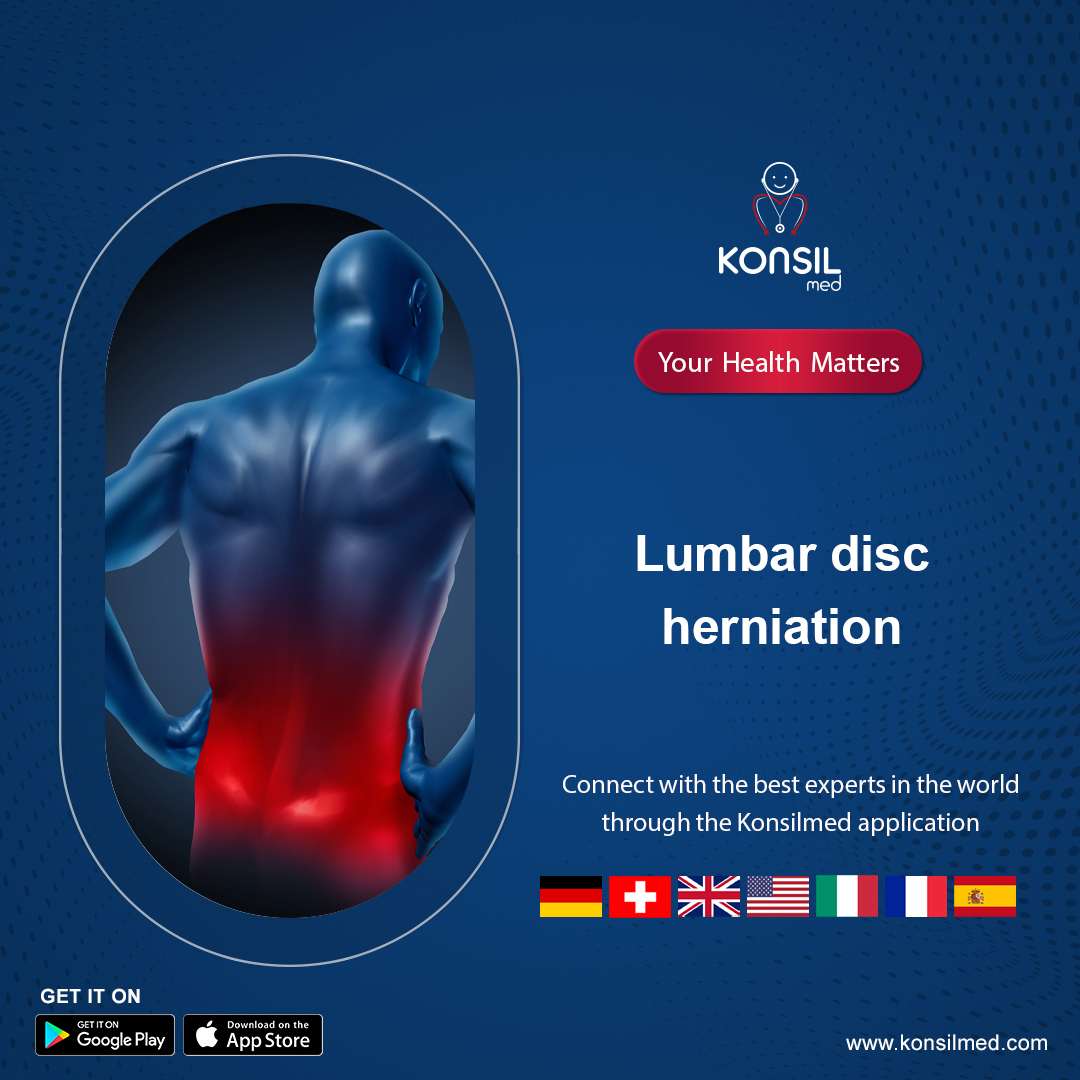
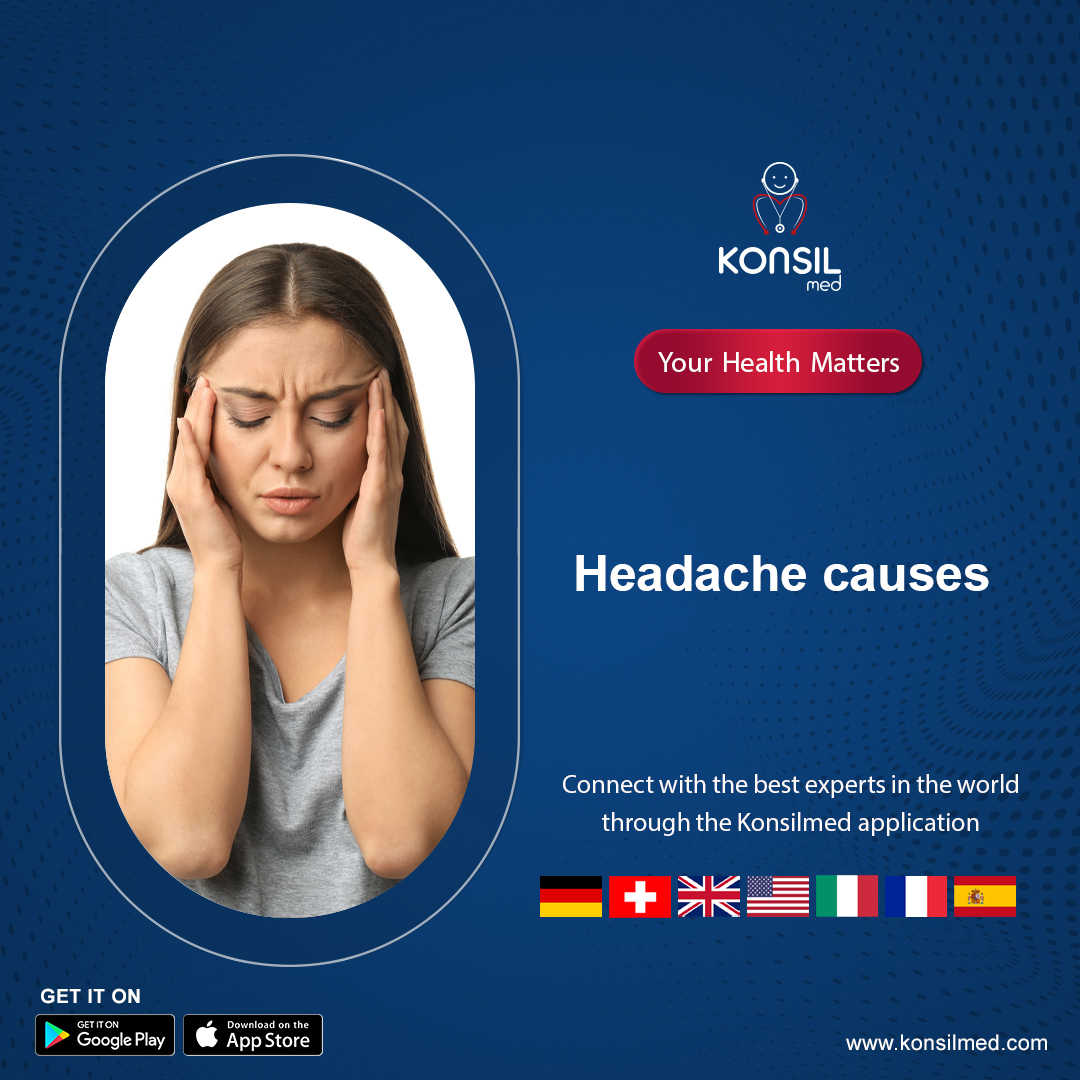
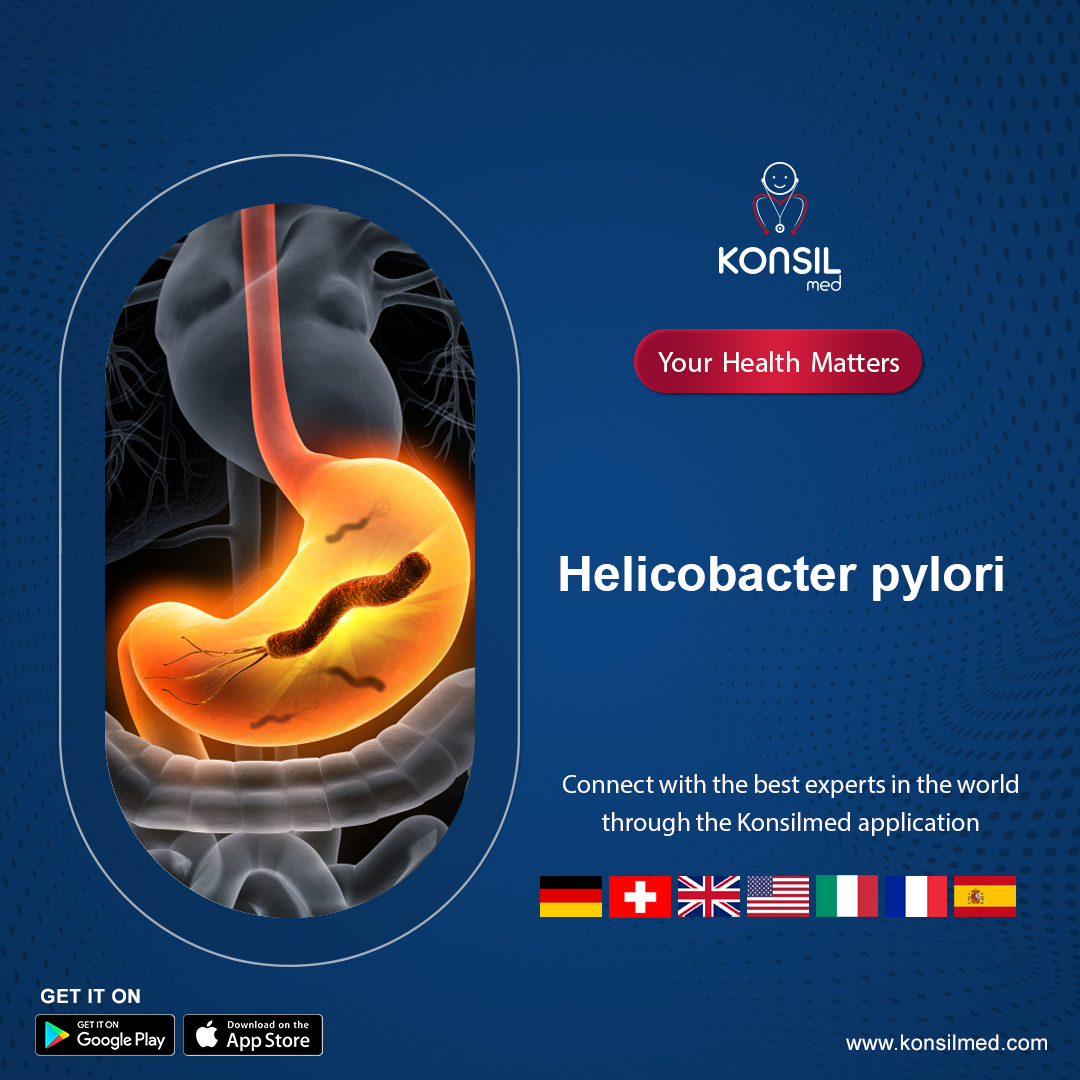




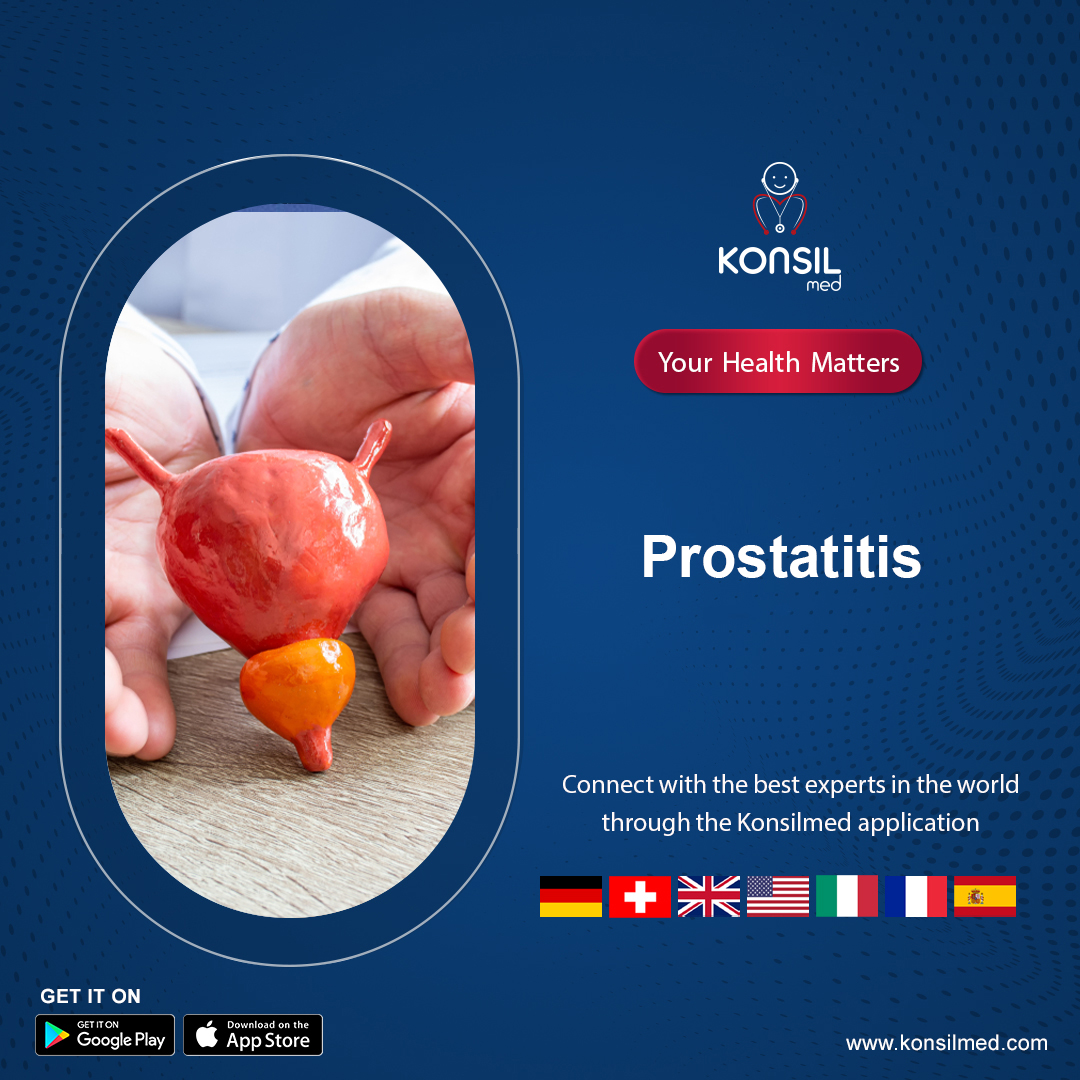
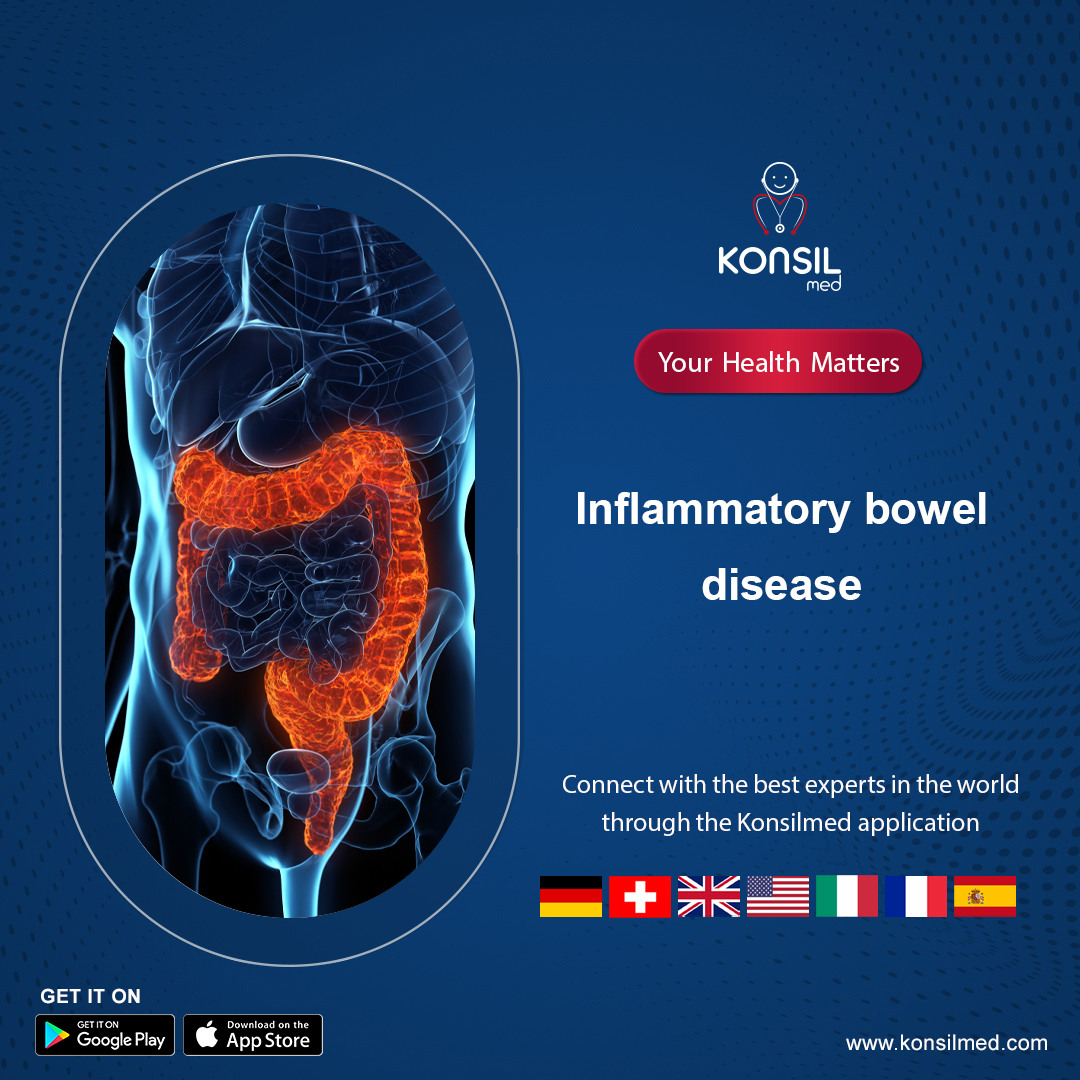
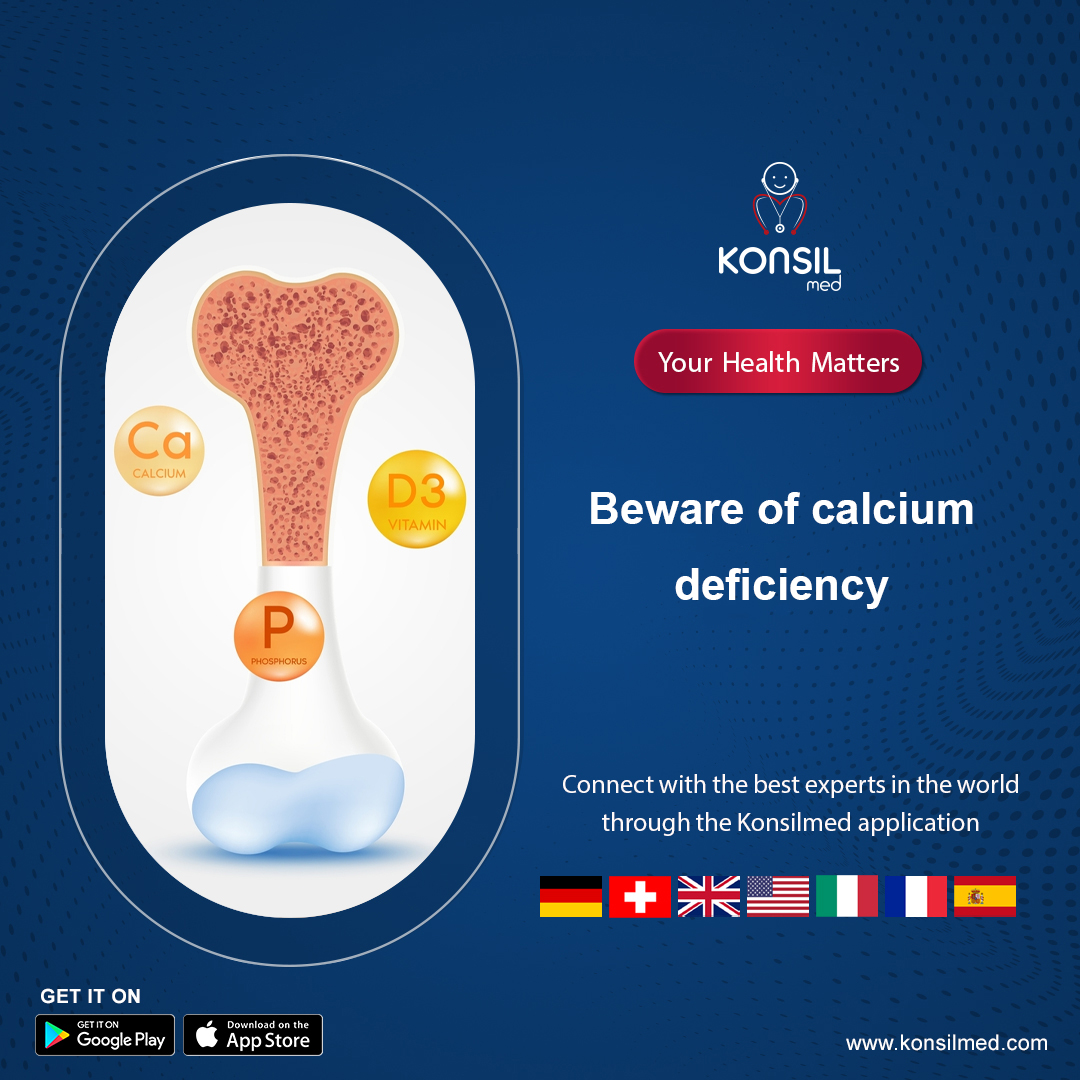
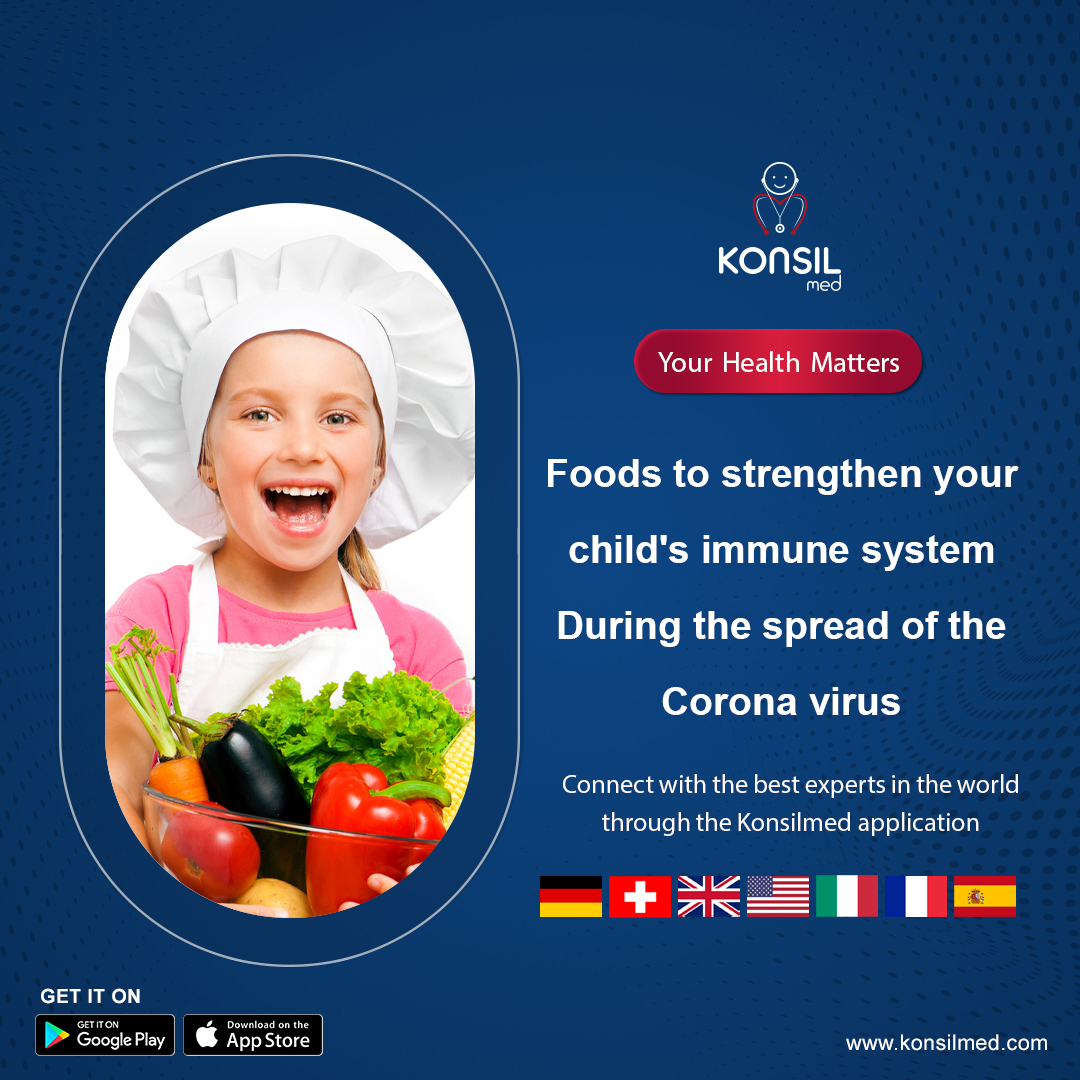
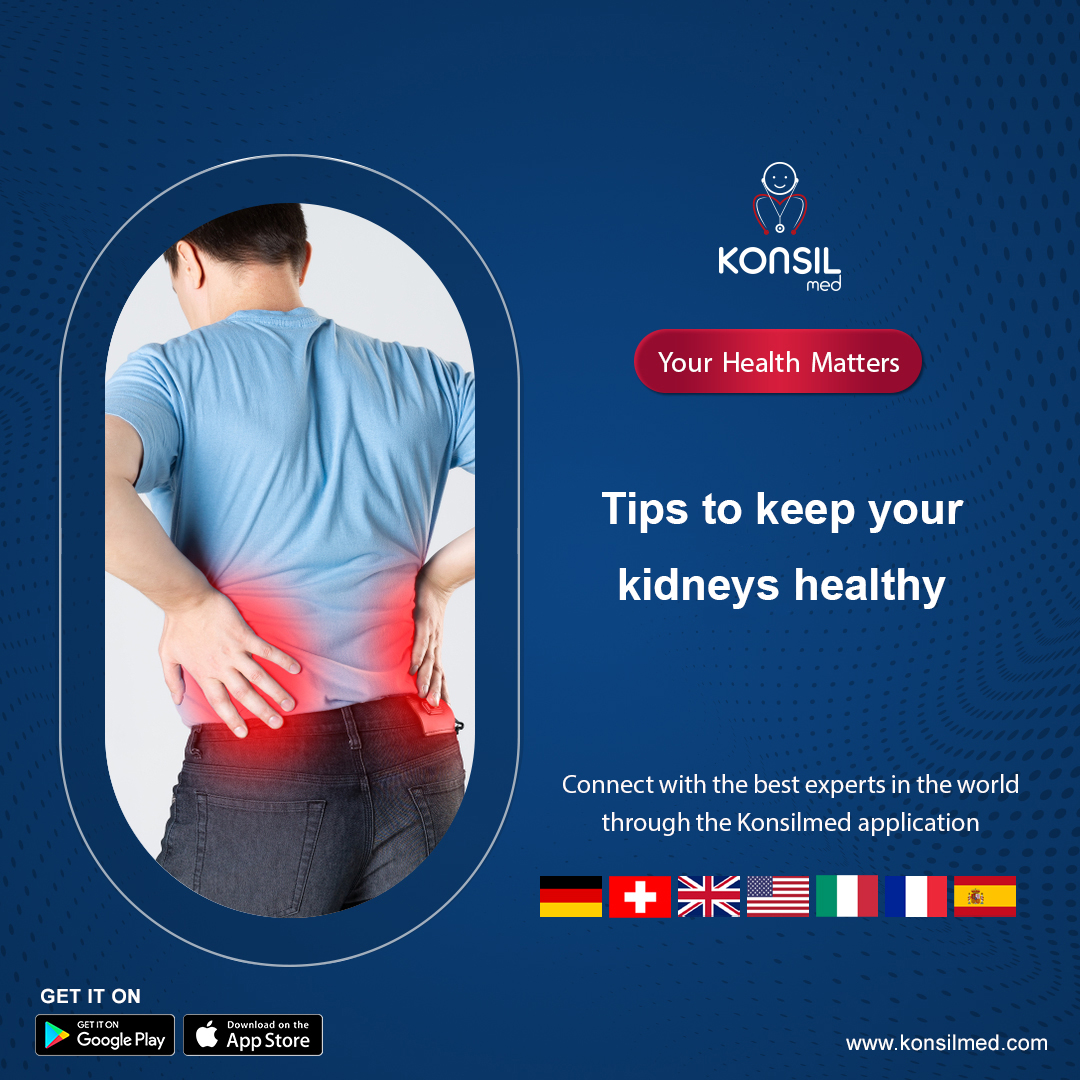
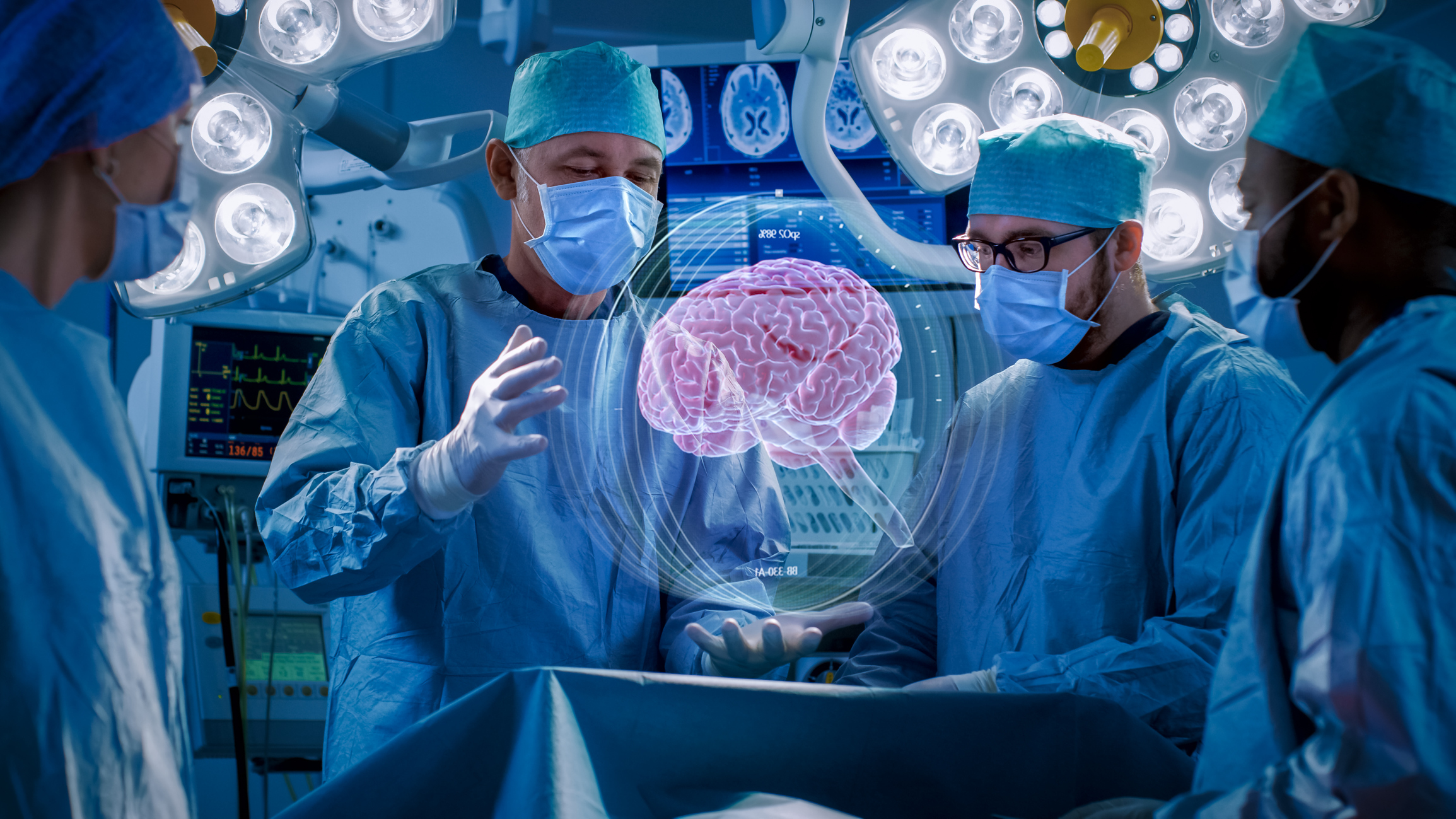


.jpg)
.jpg)